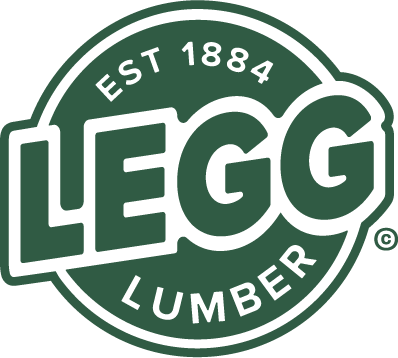About
If you want a local team you can trust for construction supplies, including cabinetry, countertops, and more, Legg Lumber is here. We've served you since 1884, and we have five convenient locations for you to consider. In 1884, Moses Smith and Mary Legg purchased a longstanding lumberyard and goods store from ZT Merill and ED Chapman. When they sold the business to Mary's younger brother, Edward, the name was changed to The Legg Lumber Company. Since that time, Legg Lumber has remained a trusted supplier with all the top brands.
With over 130 years of family ownership, Legg Lumber is still the top choice for your construction and kitchen design supplies.
Year Established
1884
Products
- Dimensional Lumber
- Treated Lumber
- Plywood and OSB
- Boards
- Siding
- Doors
- Windows
- Pole Barns
- Garages
- Insulation
- Decking
- Cabinets
- Millwork
- Fasteners
- Shingles
- Caulk
- Glue
- Paint
- Countertops
Services
- Lumber Supply
- Contractor Supply
- Building Exteriors
- Windows and Doors
- Buildings
- Insulation
- Decking
- Millwork
- Cabinetry
- Countertops
- Custom Kitchen Design
- Fasteners
- Roofing


Share On: